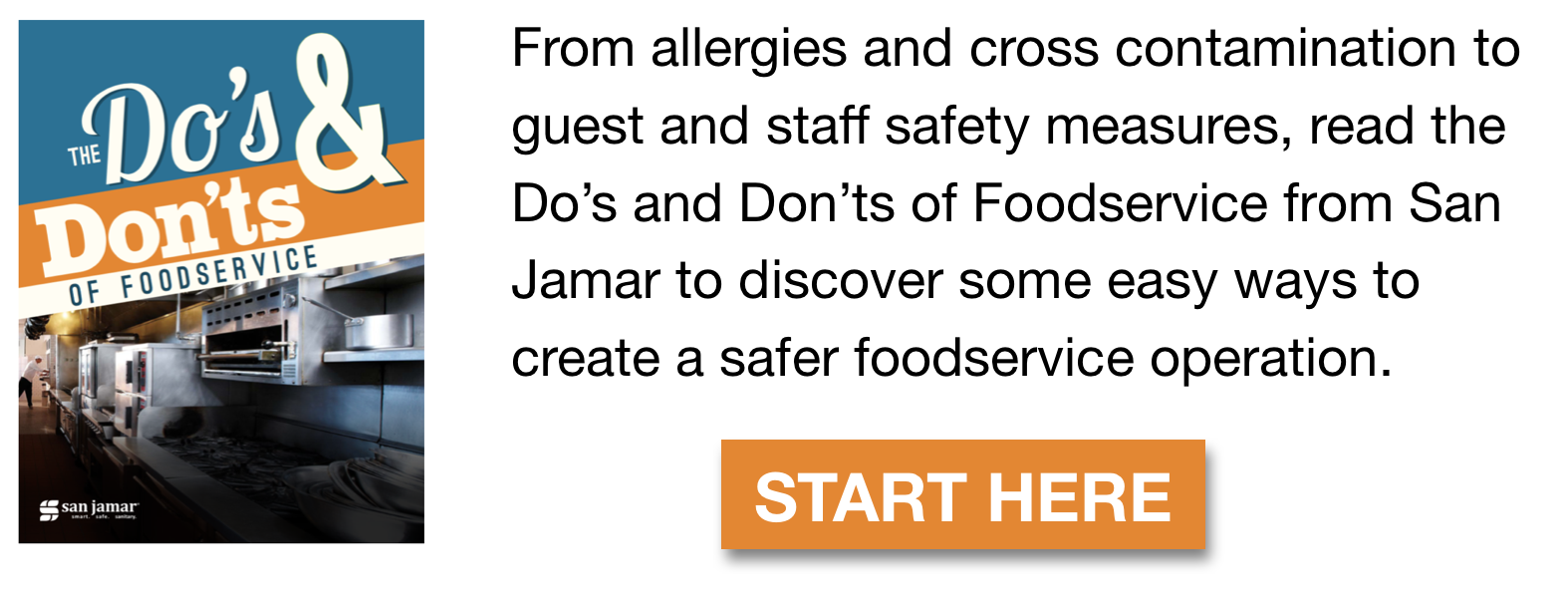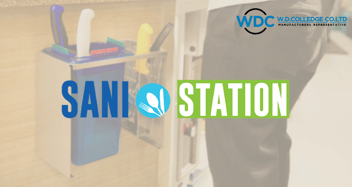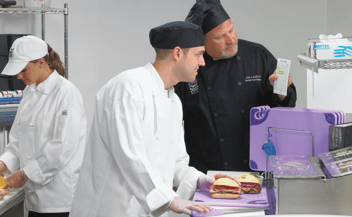10 Ways to Help Your Restaurant Pass a Health Inspection

Being prepared for a health inspection is one of the most important things you can do to help your restaurant succeed. Since you never know when you'll be inspected, it makes sense to be ready for a potential inspection every day.
According to a 2012 report by the Conference Board of Canada, about half of all foodborne illness cases in the country come from restaurants. By keeping your kitchen inspection-ready, you can build trust with your customers while protecting them from these unwanted -- and preventable -- effects.
Food allergies are another potential issue in restaurant kitchens, and food safety also means protecting customers with food allergies. According to Health Canada, up to six percent of young children and three to four percent of adults in Western countries have some type of food allergy. The same methods that help you prevent foodborne illness will make it easier for you to keep allergens away from safe foods and safely serve customers with allergies.
Having the right tools, from rapid cooling devices to quality thermometers to efficient labeling systems, can help you pass your next inspection with flying colors. Here are 10 ways you can practice safe food preparation every day and be ready whenever you're inspected:
- Cool food rapidly: Use the right tools to cool hot food quickly before storing it. A chiller device that cools from the inside can help with large batches of hot food. Putting hot food directly into a refrigerator can raise the temperature of the entire fridge, making all stored food potentially unsafe.
- Protect food from contamination: Having a ready supply of clean cutting boards helps protect against cross-contamination. Using color-coded cutting boards for different food groups and keeping them safely stored will help reduce risk.
- Keep food contact surfaces clean: Use cleaning or sanitizing solutions to wash food contact surfaces after potential contamination. Make sure you have your solutions clearly labeled and always available whenever you need to clean a surface.
- Sanitize the right way: Use a thermometer and a test kit to make sure your sanitizing solution is at the right temperature and concentration.
- Clean and store utensils correctly: Make sure your utensils, especially knives, are stored in a way that protects them from contamination. A protected case can help keep utensils safe.
- Hand washing: Have soap and drying devices readily available for employees to wash their hands. Touchless dispensers are the most sanitary option.
- Date all stored food: Use an organized labeling system to keep stored food correctly marked, and make sure you practice First In, First Out. Color-coded labels for the days of the week can help with organization, and make sure to keep a pen handy to write the exact date.
- Food storage: Containers with tight-fitting lids keep food protected and fresh. You might be tempted to use aluminum foil or plastic wrap, but sturdy lids are much less likely to fall off in storage and will keep stored food fresher.
- Ice storage: Use containers with tight covers to store and transport ice.
- Prevent injuries: Besides being harmful to employees, cuts and burns can increase the likelihood that they will transmit disease. Help your employees stay safe with oven mitts and gloves, and make sure they cover any wounds before working with food.
San Jamar, an industry leader in kitchen safety tools and equipment, has put out a helpful guide for restaurant food safety. To keep your kitchen in tip-top shape, you can also check out their Do's and Dont's of Foodservice to learn more about the basic food safety processes your operation should consider.











